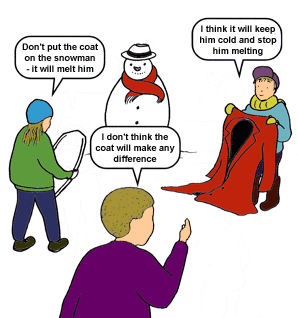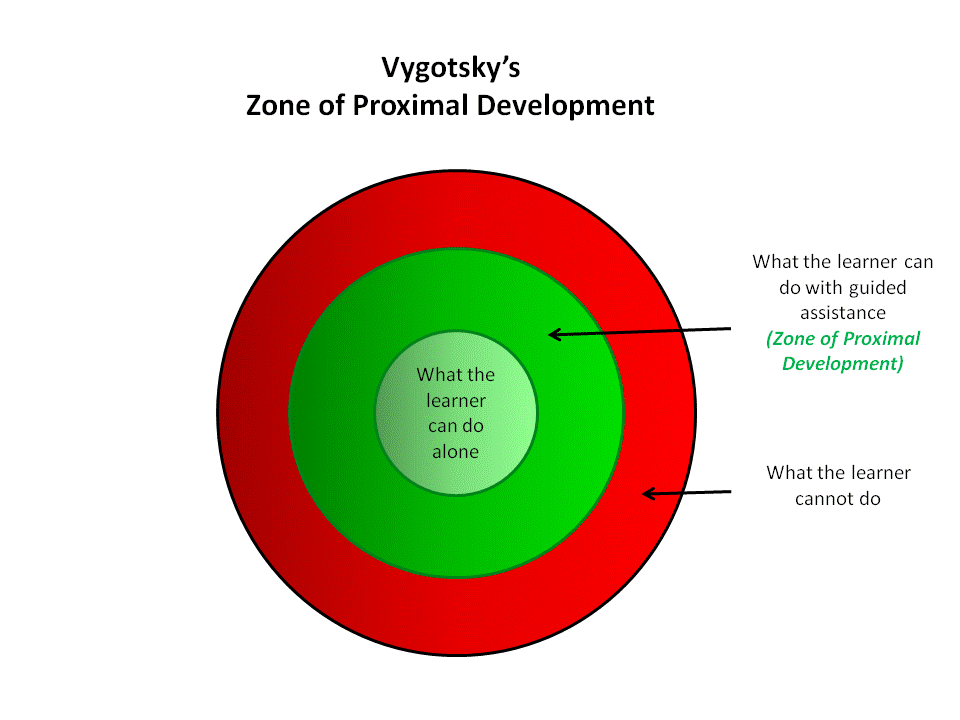Concept Cartoons
- Investigate & research concept cartoons
- What are they?
- How do they help you teach science?
- Make links between these and the constructivist theory of teaching
Concept cartoons are pictorial aids to help with learning, in this case the learning of science. They allow children to consider different scientific concepts and make informed hypotheses and choices. This should lead to greater understanding, as children are able to think for themselves without as much teacher input to over-guide their thinking. It will stimulate them to make mistakes and then be able to investigate why they thought they were right, and why they might be wrong, which should lead to greater understanding of the concepts as opposed to simply knowing the answer.
Constructivism in the classroom calls for children to learn through active problem- solving, and the use of a concept cartoon could fit perfectly into this model. If I were to use one in through a constructivist approach, I would show the cartoon to start with and ask the children to hypothesise the answer, and then have them conduct an experiment to find out the correct answer. I believe this would help them to understand the science behind the experiment.
For example, one could use the concept cartoon on the left to test the stated hypotheses. When suitable weather conditions became available one could ask the children what they thing, or which of the children the agree with, and then go outside and build two snowmen and put a coat on one and have them monitor which melts faster or if they melt at similar speeds, which would allow children to learn about insulation and the melting process in an active way which should consolidate their understanding. With older children, one could do a similar experiment and allow them to make their own concept cartoon. Or give them some resources and allow them to create their own experiment and a concept cartoon to be completed by peers.
http://www.pstt.org.uk/ext/cpd/dips/concept-cartoons.htm
http://www.thirteen.org/edonline/concept2class/constructivism/
















